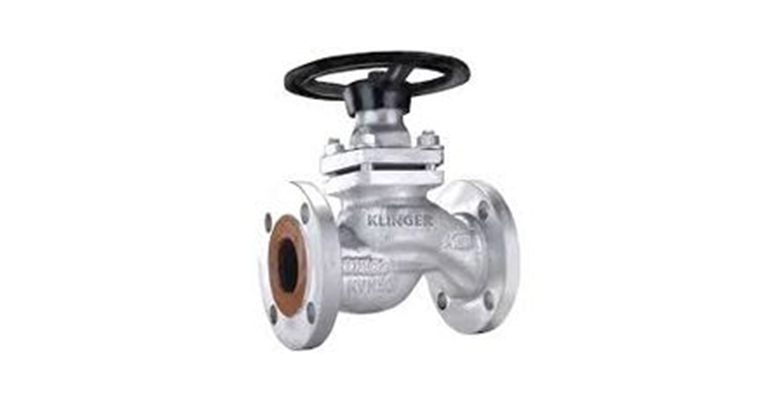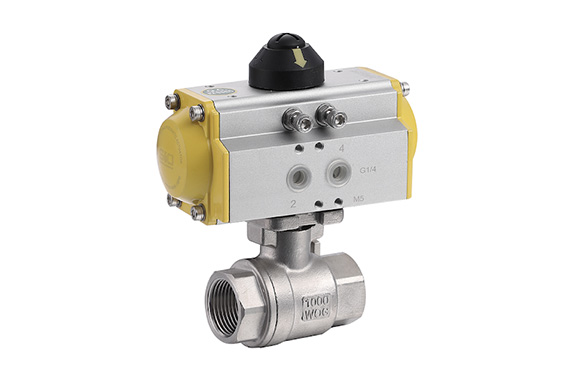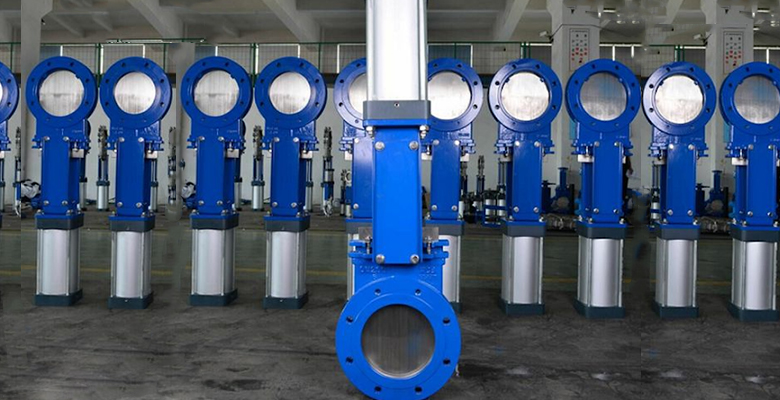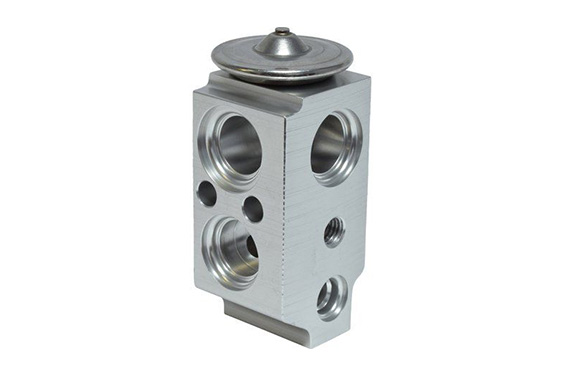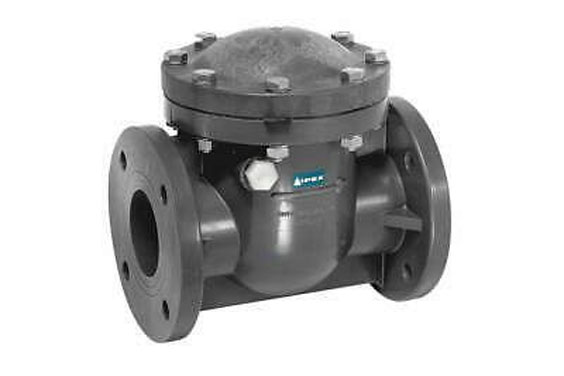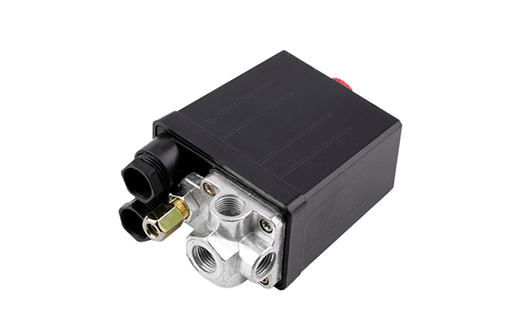When water is pouring out of your pressure relief valve (PRV), it’s a sign that something is wrong with your plumbing system. This guide will explain what the problem might be and how to fix it. Keep in mind that if you’re not comfortable DIYing, you should call a professional plumber for help.
Why is Water Pouring Out Of Pressure Relief Valve
Here are some reasons water is pouring out of pressure relief valve:
- The relief valve is defective. In this case, you need to replace the pressure relief valve.
- The pressure relief valve is clogged with debris. In this case, you need to clean the relief valve and then test it again.
- The water heater is over-pressurized due to a damaged tank or a defective heating element. In this case, you will have to repair or replace the tank and/or heating element and then retest the temperature of water at the pressure relief valve outlet pipe.
- There are leaks in the supply lines (hot or cold) leading to your water heater or in the hot and cold side pipes leading from your water heater to your faucet(s). You may have a leaky washer on one of your faucets that needs replacing or you might have a broken pipe that needs repair by a professional plumber.
How do I stop water coming out of my pressure relief valve?
Here’s how you can stop water coming out of a pressure relief valve:
- Shut off the water supply to the toilet.
- Flush the toilet and hold down the handle until the tank is empty.
- Open up the tank and disconnect the pressure relief valve from its mounting flange, using a wrench. (If you don’t have a wrench, you can use pliers, but be careful not to damage or scratch any parts.)
- Take a look at your new valve and see how it works: The two parts of this type of valve are called the bonnet, which is attached to the tank; and the diaphragm, which is attached to the bowl rim with a nut or wing nut (see photo). Lift off these two parts and inspect them for cracks or corrosion. If there’s no obvious problem, put everything back together again in reverse order: Put on first one part of the valve (the diaphragm) followed by its attachment nut or wing nut; then add on the bonnet; lastly, tighten down all nuts with a wrench.
How do you know if your pressure relief valve is faulty?
If your pressure relief valve is faulty, you may notice leaking around the base of the valve or handle, or you may notice that the valve is not opening or closing properly. You may also hear a hissing noise coming from the valve. If you notice any of these symptoms, it’s important to contact a qualified plumbing professional to have the valve repaired or replaced. In some cases, a faulty pressure relief valve can cause serious damage to your home, so it’s best to err on the side of caution and get it checked as soon as possible.
Is it normal for a water heater to leak from the pressure relief valve?
It is not uncommon for a water heater to leak from the pressure relief valve. This is usually caused by a build-up of sediment in the tank. When the water is heated, the sediments expand and cause the pressure in the tank to increase.
The pressure relief valve is designed to release this pressure, and the water that escapes is usually clean and clear. If you notice that your water heater is leaking, it’s important to have it checked by a professional. Depending on the severity of the problem, they may recommend draining the tank or replacing the pressure relief valve. In most cases, however, a simple cleaning will suffice. By taking these steps, you can help keep your water heater functioning properly and prevent future leaks.

